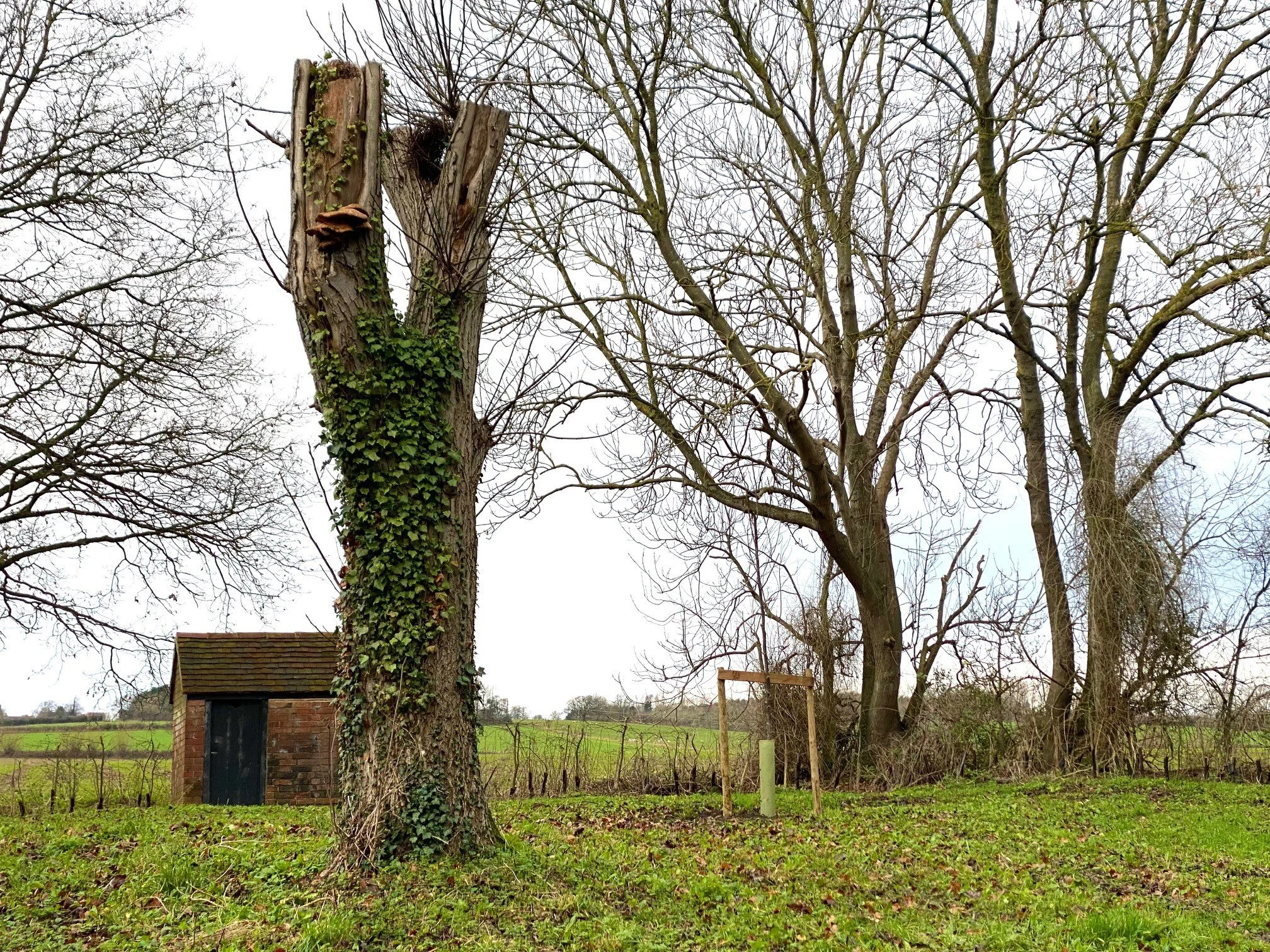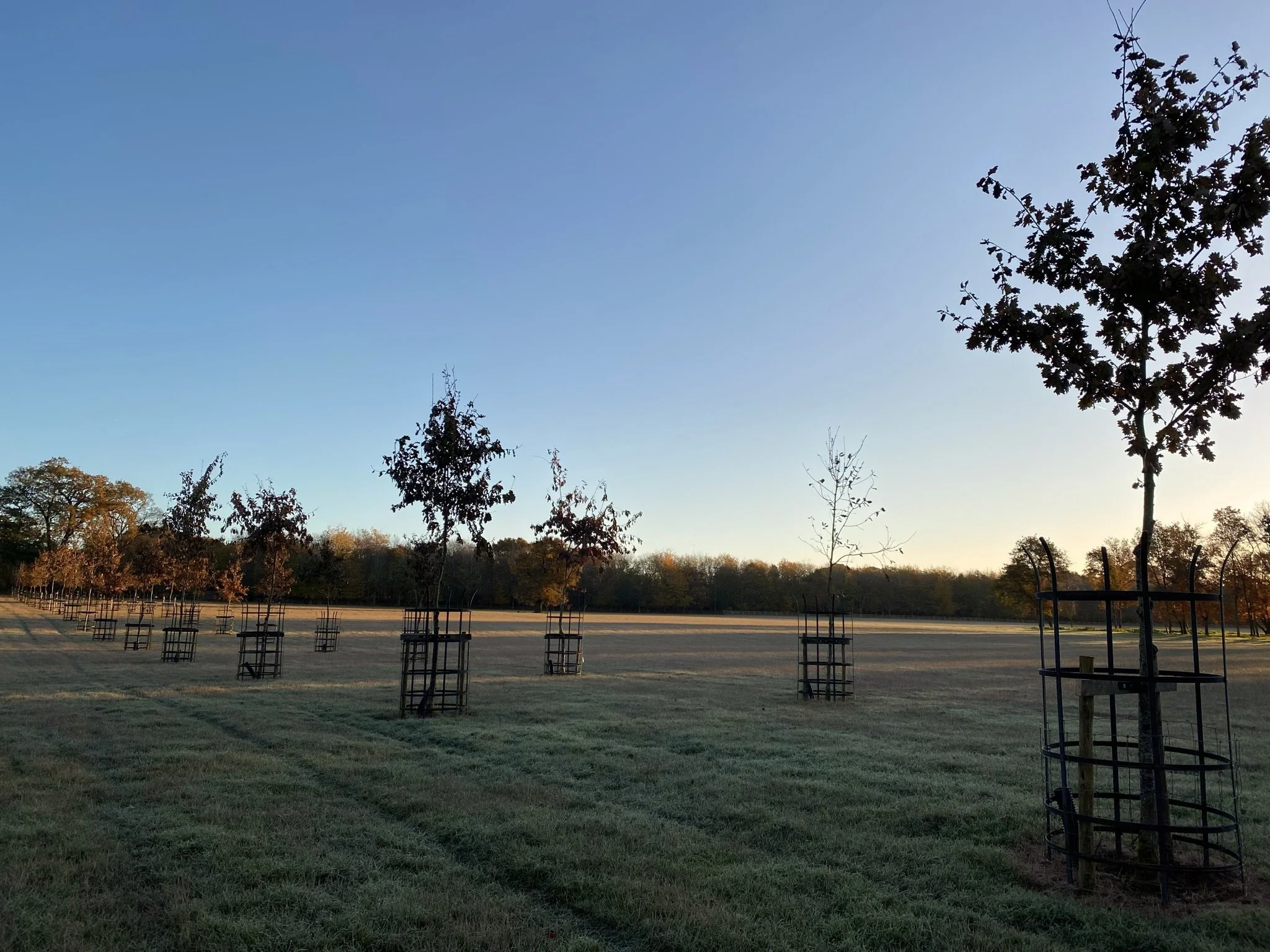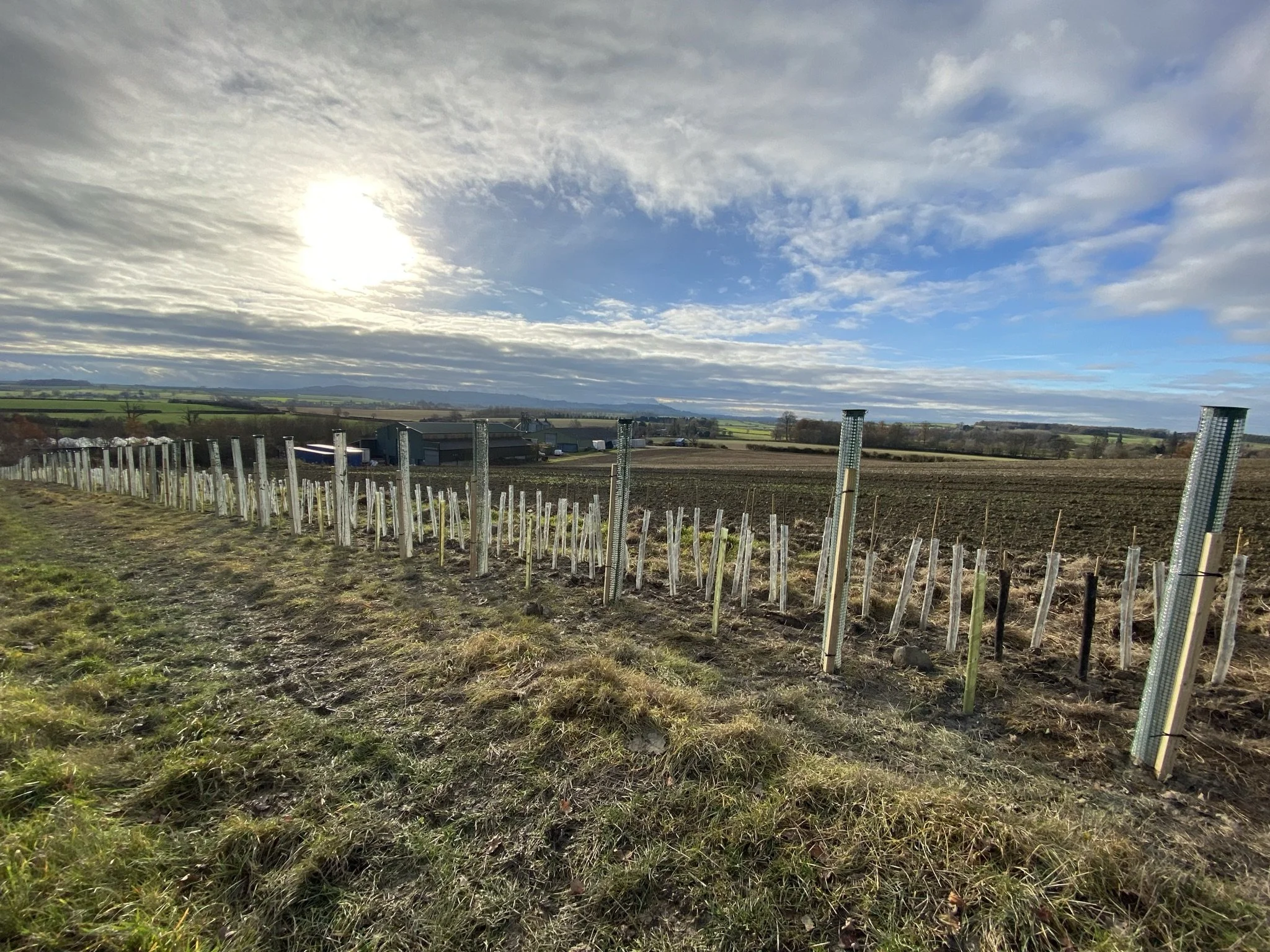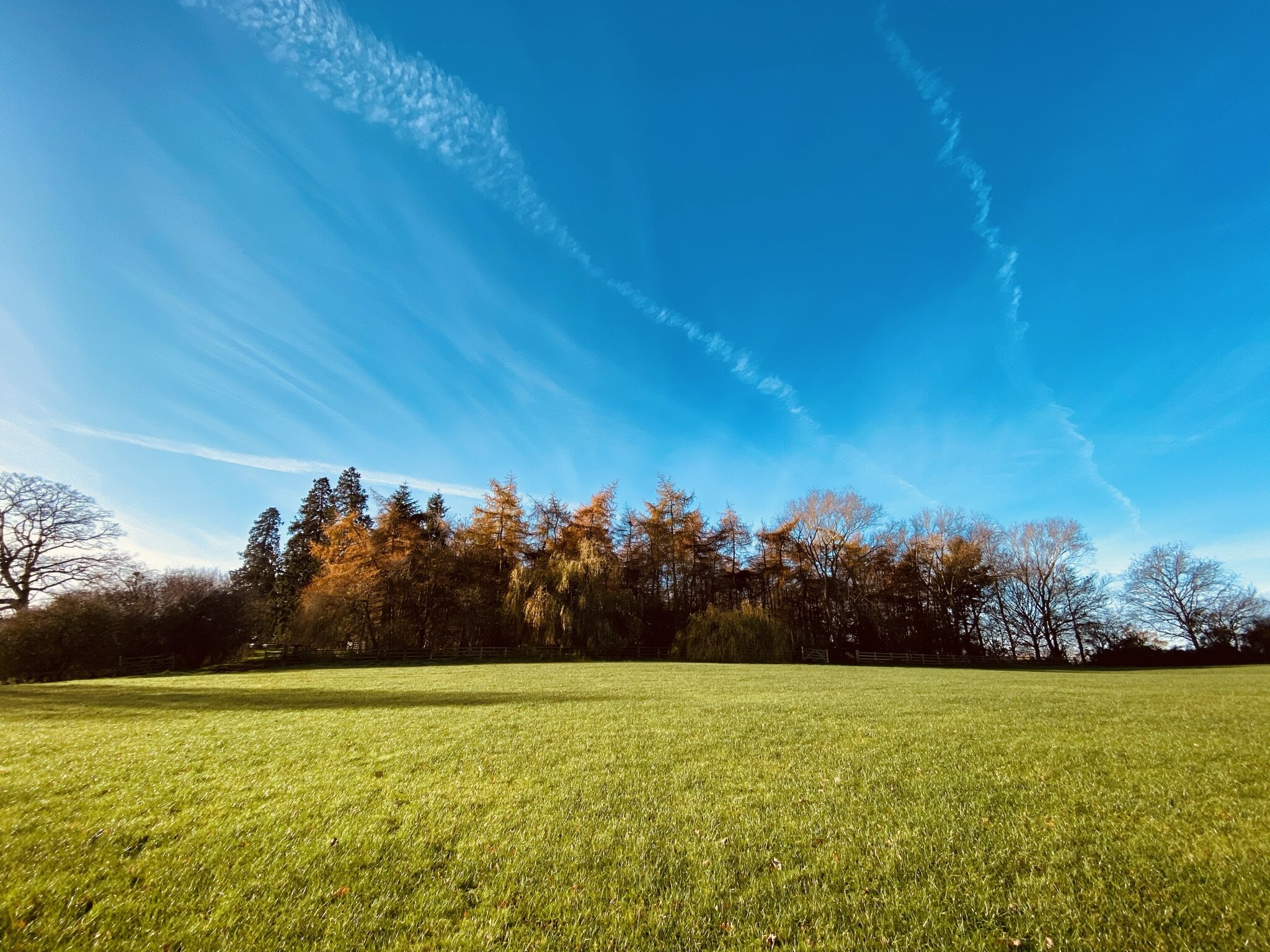Our work with local primary schools, through the Alscot Biodiversity Project, took us to Bridgetown Primary School, to help out in their eco garden. When Mrs Bishop appealed for help, we were delighted to assist with replacement timber for the children to use as seats around the fire pit. The rotten wood will remain in the garden and over time will form a habitat and shelter for wildlife.
In ‘Forest School’, the children are allowed to explore for themselves the natural environment, learning to appreciate and gain a respect for nature.
As a little gift from us, our foresters made the children a couple of timber mushrooms.




















